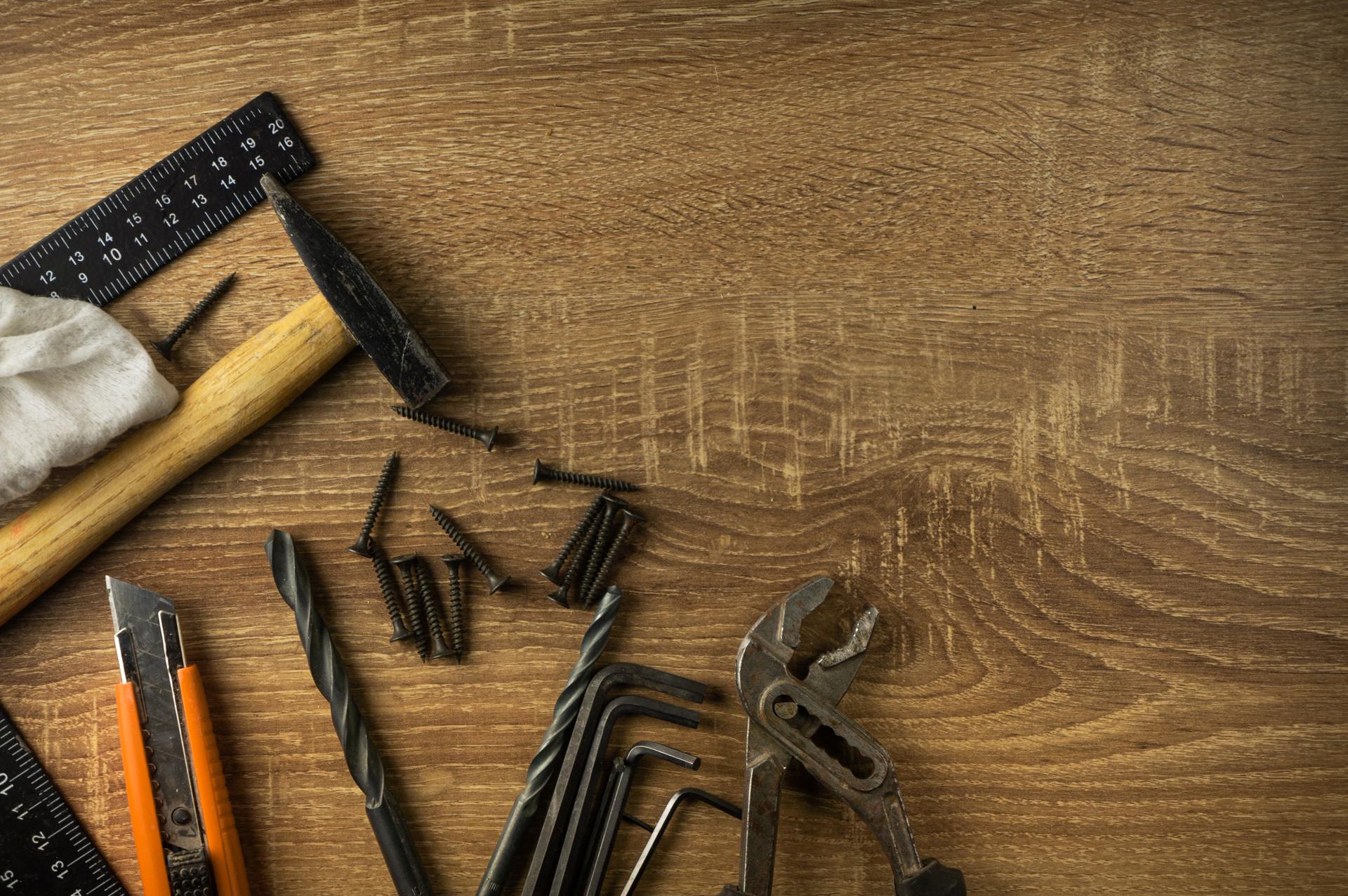The Ultimate Do-it-yourself Guide to Resolving Frequent Plumbing Issues at Home

Plumbing systems are an integral part of every household. If they’re not properly maintained they could be a source of many problems, leading to inconvenience and costly repairs.
However, there are many advantages to learning to fix small plumbing problems yourself, such as saving money and learning useful knowledge. In this article, we’ll examine common plumbing issues and the DIY methods to fix them.
Common Plumbing Problems
Dripping Faucets
Dripping faucets aren’t just irritating, they also waste a significant quantity of water in time. The most common cause of a dripping faucet is a worn-out washer or O-ring. To fix this issue shut off water to your faucet. Then, take out the handle, and then replace the damaged washer or O-ring.
Running Toilets
A toilet that is running is another common plumbing issue that can cause water to be wasted. The most typical reason is a malfunctioning flapper valve that isn’t sealing properly, allowing water escape from the tank and into the bowl. To fix this issue, turn off the water supply to the toilet, take off the lid from the tank, and adjust or replace your flapper valve.
Clogged Drains
Drains that are clogged can be caused by various things such as soap, hair, or food particles. To resolve this issue you could try using the plunger or drain snake to eliminate the blockage. Alternately, you could use a mixture of vinegar and baking soda to break up the blockage.
Low Water Pressure
The low pressure in the water could be due to a variety of reasons, such as the buildup of minerals in pipes or a defective pressure regulator. To resolve this issue it is possible to clean the aerator and replacing the pressure regulator.
Tools Required for DIY Plumbing
To perform DIY plumbing, you will require a few tools like an adjustable wrench, a plunger, pipe wrench, Teflon tape and screwdriver. The tools you have on hand will make it easier to fix minor plumbing issues.
Safety Tips for DIY Plumbing
Safety must always be a top priority whenever you are performing any plumbing repair DIY. Some safety tips to keep in mind include shutting off the water supply prior to making any repairs, and wearing gloves and safety glasses and having a first aid kit in case of emergencies.
DIY Plumbing Techniques
To resolve common plumbing issues it is necessary to know some DIY plumbing tips, like how to shut off the water supply and how to fix a dripping faucet, how to fix the issue of a toilet that is running or unblock a drain, and how to boost the pressure of water. These techniques can save you time and money on small plumbing repairs.
Conclusion
In the end, knowing how to fix small plumbing problems yourself can be beneficial in many ways. It’s not just a way to cost you less costs, but you can provide you with satisfaction and valuable abilities. However, for more significant plumbing issues, it’s always best to call an experienced plumber.
FAQ
Can I fix a plumbing problem myself?
Yes, you can repair minor plumbing issues yourself by learning basic plumbing tips for DIY.
Which are the top common plumbing problems?
The most frequent plumbing issues are dripping taps and toilets that run, blocked drains, and low pressure water.
What tools will I require for plumbing projects at home?
There are a few important tools, such as the plunger, an adjustable wrench pipe wrench Teflon tape, and the screwdriver.
Is DIY plumbing safe?
DIY plumbing is safe if you follow the safety guidelines and take the appropriate precautions.
When should I contact a professional plumber?
You should contact a licensed plumber to address plumbing issues that require special equipment and knowledge.
